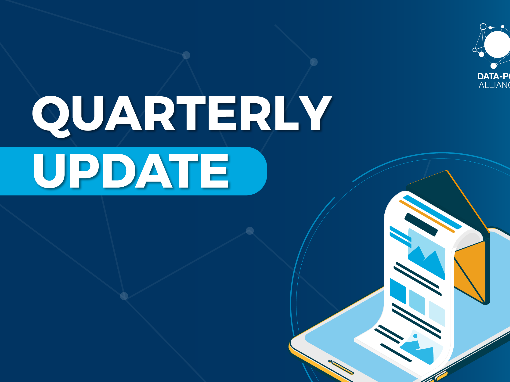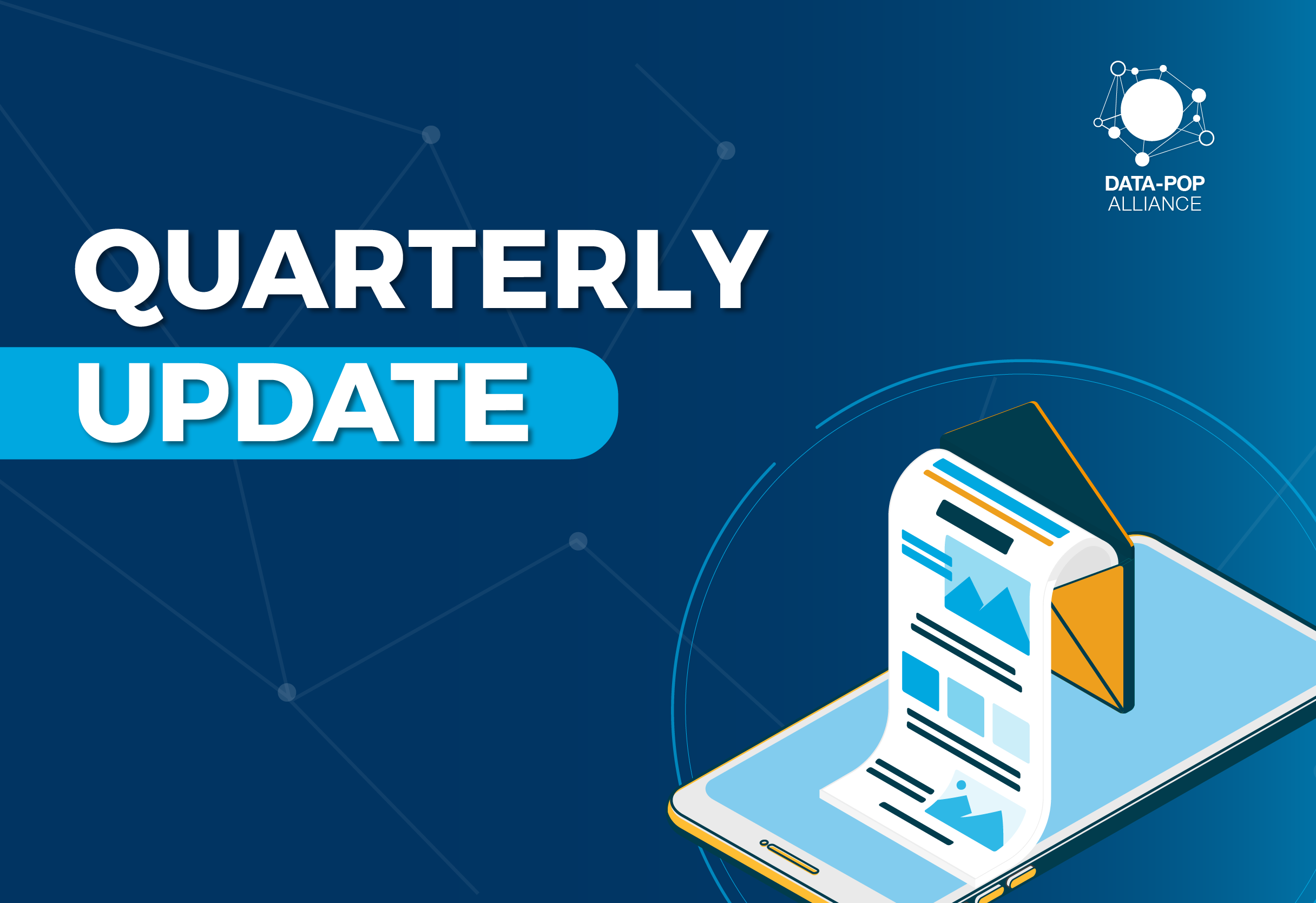This is the first in a series of blog posts on our ongoing work exploring the applications and implications of Big Data and migration.
People have always been on the move—whether to seek refuge from war and persecution, find jobs and create businesses, flee in the aftermath of natural disasters, or get a degree somewhere else. From country to city, from country to country, and across continents, migration is a fundamental part of human life and social development. But too often migration has been seen by policymakers and the public as problematic: a problem for destination countries if migrants are unskilled, poor, too numerous, or potentially linked to global terrorism; and a problem for source countries if it leads to the so-called ‘brain drain.’
Data from household surveys and census information, however, paint a rather different picture: migration has yield trillions of dollars in impact on the global economy from “the money migrants send home, the taxes they pay, the funds they invest, the trade they stimulate, and the knowledge and technology transfer they stimulate.” In addition, migration plays a key role for almost 1 billion people—roughly 214 million international migrants and 740 million internal migrants worldwide—in reducing poverty, escaping conflict and increasing prosperity.
The availability and increased study of migration data—data on forced (conflict- and disaster-induced), internal, international and labor migrations—largely arose from the efforts of the World Bank on the impact of remittances and the International Organization for Migration (IOM). In the past ten years, conferences such as the annual Migration and Development conference and increased empirical analyses on the intersection between migration and development (M4D) have brought attention to migration as a major development issue. Recent trends in the global political economy and technology landscapes point to a need and an opportunity to ground migration debates, policies and decisions on firmer empirical grounds, so as to improve outcomes.
First, though notably excluded during the formation of the MDGs, migration is now firmly part of the post-2015 UN Development Agenda under goal 10 of the SDGs: to “facilitate orderly, safe, regular and responsible migration and mobility of people, including through the implementation of planned and well-managed migration policies.” In addition, the SDGs also promote eradicating human trafficking, the protection of labor rights, safe work environments for migrant workers (particularly women), reducing the cost of migrant remittances, and reducing the number of people affected by disasters. The plight of migrants coming to Europe has also led to calls for a renewed focus on migration as a key policy topic in a world where political, economic and climatological processes are increasingly integrated and contentious.
Second, the ‘data revolution’ is here and should be harnessed for migration. With the advent advances in data on remittances, human trafficking and stocks on migrants and their attributes, the 2009 Commission on International Migration Data for Development already highlighted the lack of “detailed, comparable, disaggregated data on migrant stocks and flows” as the main obstacle preventing the “formulation of evidence based policies to maximise the benefits of migration for economic development around the world.” Seven years later, there has been an explosion and sea change in the sources and kinds of data on all facets of human movements that can be collected, analyzed, and visualized.
Originally framed as the “3 V’s” (volume, velocity and variety) in the early 2000s, Big Data has emerged as an ecosystem of “3 C’s”: digital “crumbs” (digital translations of human actions and interactions captured by digital devices); powerful capacities to collect, aggregate and analyze data; and communities involved in generating, governing and using data, including data generators, end users, policy-makers, experts, privacy advocates and civic hacker communities.
The introduction of these new data sources, tools and methods will not replace ongoing efforts to make better use of existing migration data; rather, they can both supplement existing statistical data on mobility and introduce new knowledge on human movement at levels of temporal and geographical granularities that could not previously be achieved.
The table below summarizes relevant data generated from 3 main sources, falling under exhaust, web-based, and sensing data: mobile phones and automatic data collection systems; email and social media data; and sensors. Of course, to reiterate a key point, a large share of these data is emitted passively, raising major privacy considerations. Collection occurs in both the public and private spheres, as well as in the more complex intersection of the two—i.e. public Tweets or Foursquare check-ins—raises the question of whether any or all uses of the data require explicit consent for the user.
|
Migration Big data sources |
|||
| Big data Sources | Systems |
Devices |
|
| Public | Private | ||
| Mobile-based generated data | GPS | Fleet tracking Bus AVL Taxis (GPS) |
Fleet tracking Uber, Lyft, taxis (Apps) Ridesharing Services |
| Floating vehicle data – Dedicated probing | In-vehicle navigation systems (Tom Tom, Inrix, Garmin) | ||
| Cellphone CDR | Mobile phone towers or GPS | ||
| Geo-located Social media data |
Smartphones |
Smartphones |
|
| Automatic Data Collection Systems | Fare Collection |
Public transport ticketing |
Public transport ticketing Contactless payments |
| Road Electronic Tolling | |||
| Passenger Counts (APC) | In-vehicle (buses) | ||
| Stations (subway, BRT) | |||
| Websites and social media services | Cookies, log-ins |
Log in data Twitter data Facebook data |
|
| Physical Sensors | Network Sensors | CCTV Cameras Surveillance cameras Traffic cameras Automatic number plate recognition |
|
| Bluetooth detection | |||
| Loop detectors | |||
| Environment sensors (temperature, noise, air quality) | |||
| Parking Meters | |||
| Rail track sensors | |||
| In-vehicle sensors | Bus Monitoring Sensors Driving performance Fuel consumption Engine temperature |
||








